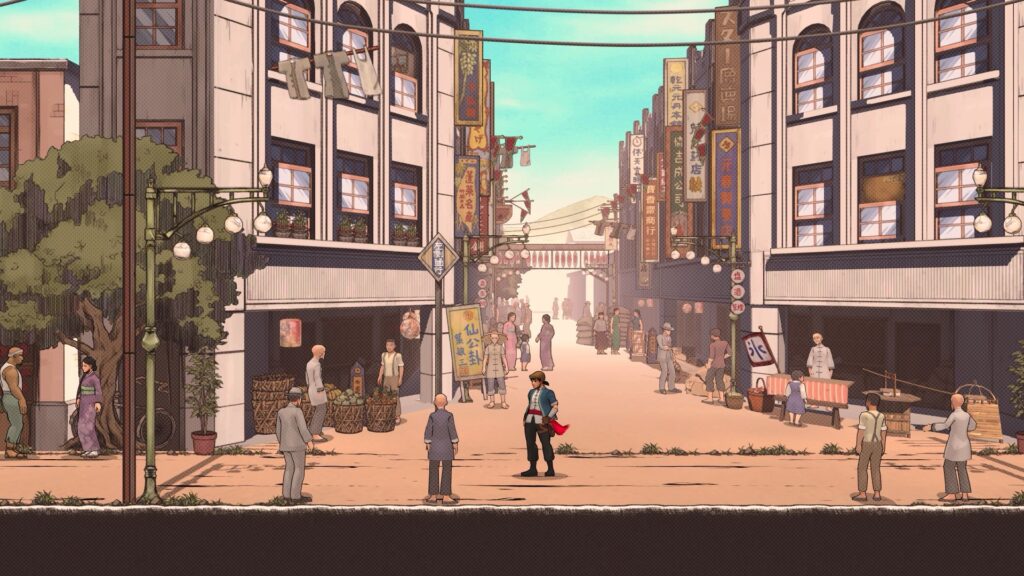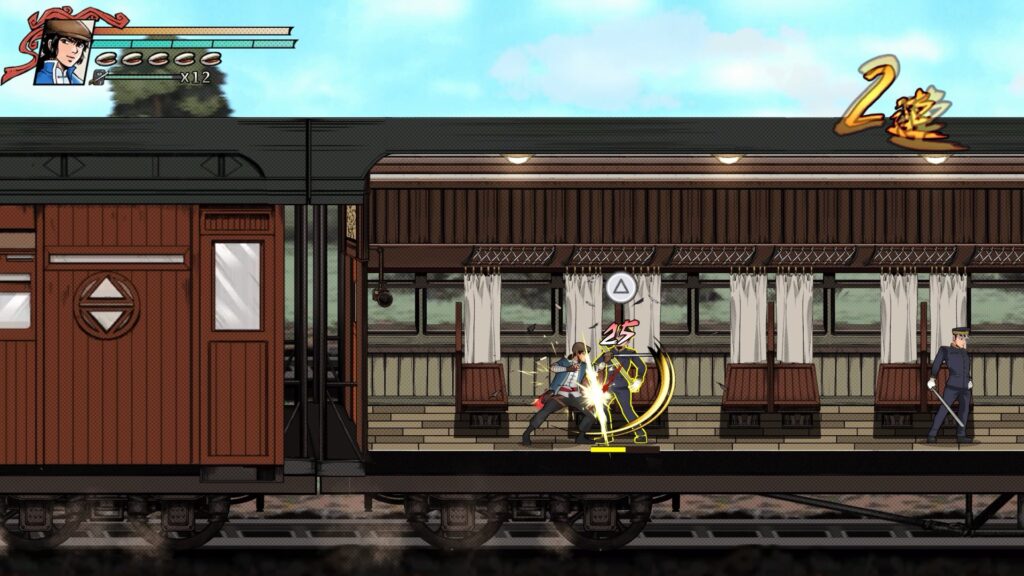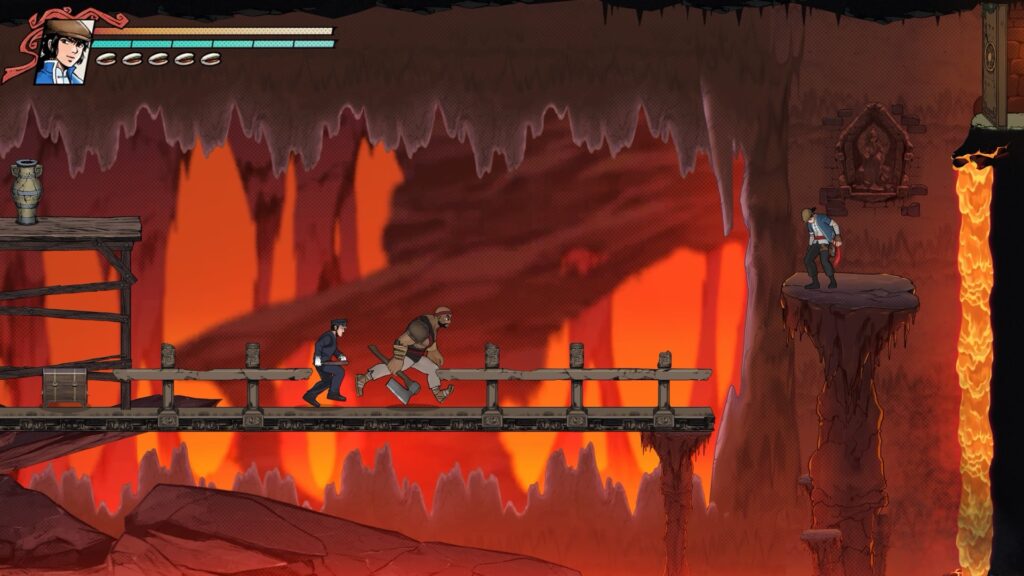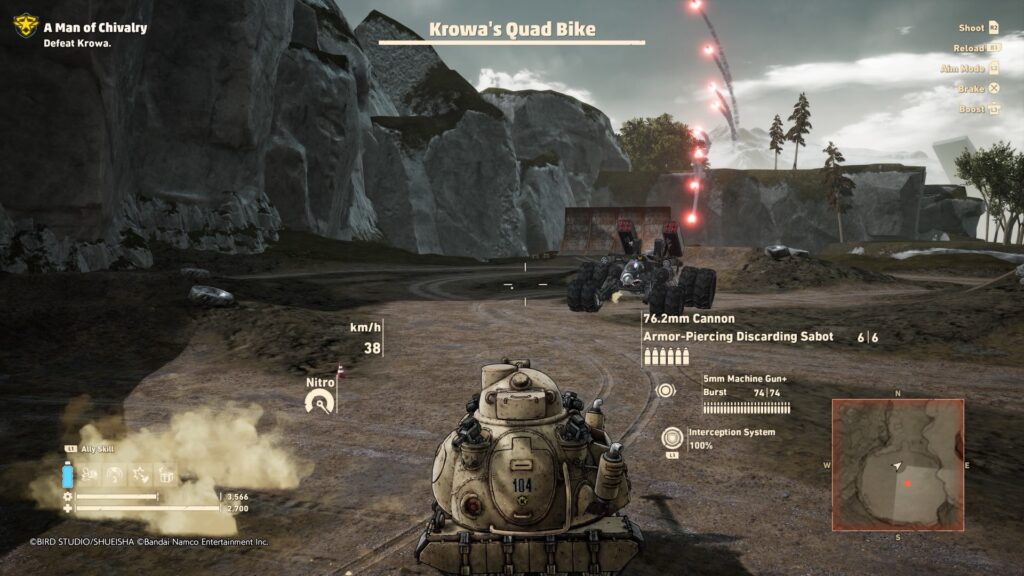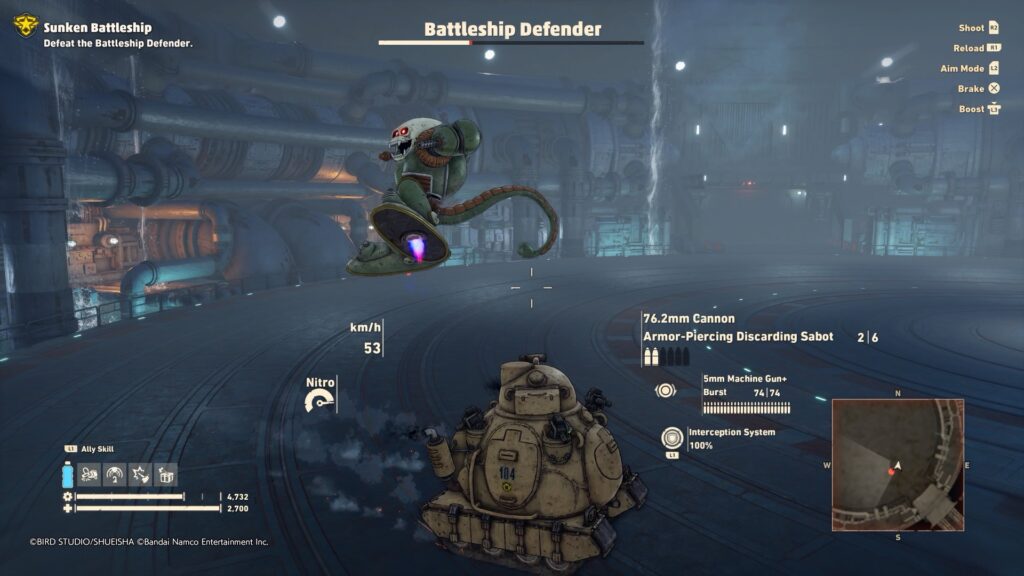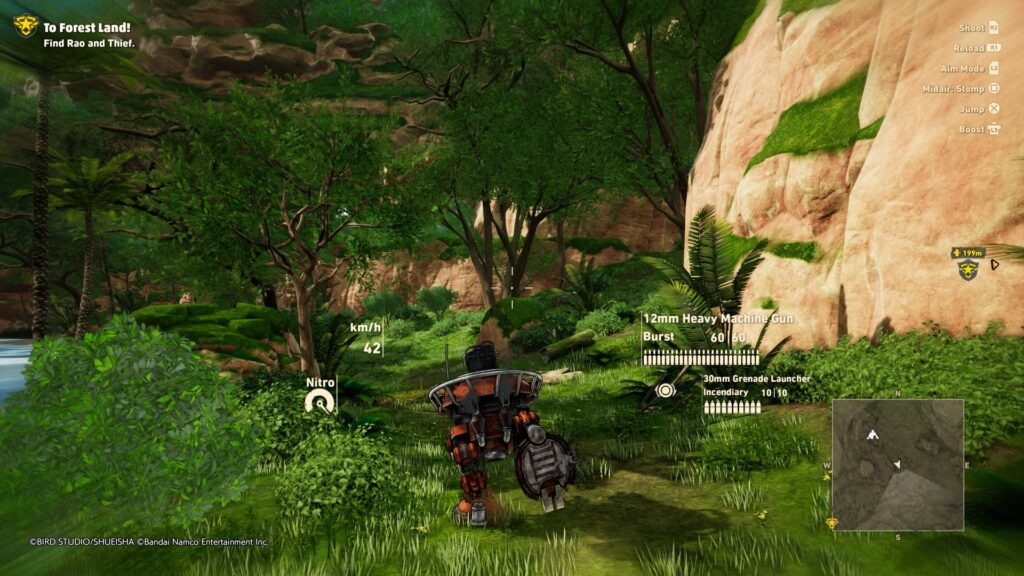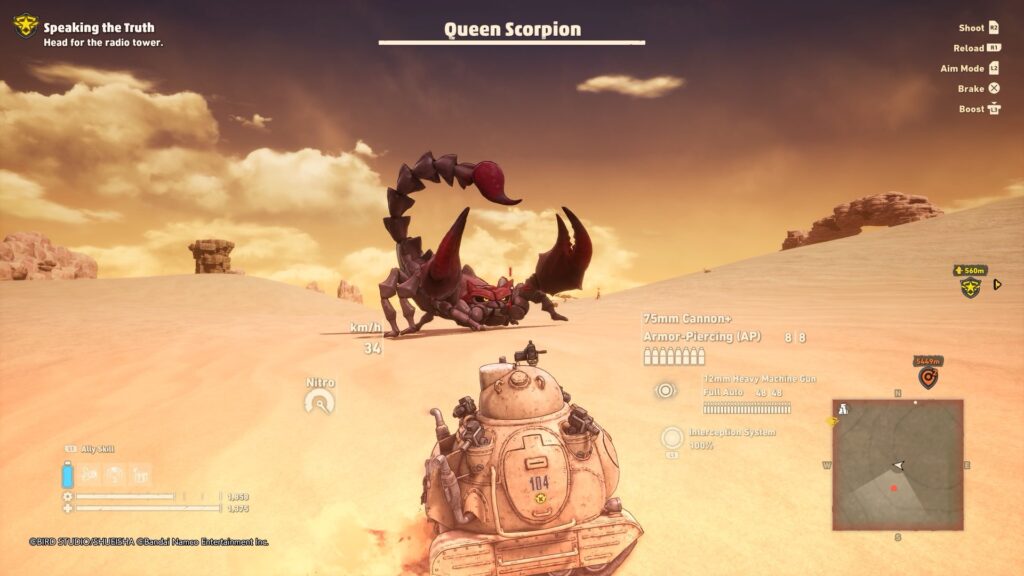- Genre: Platformer
- Platform: PS5
I was debating how to really start this because for me the gameplay of the game in a lot of circumstances is not worthy of the Metacritic score that this got. However, I was then thinking of the gameplay under the less normal circumstances and how playing a fully functional Ape Escape or Loco Roco level with its own mechanics ported over was incredible. I was thinking of how the challenge levels, despite their simplicity, brought in a sense of danger and speedrunning that was unique to those sections of the game. I was thinking about how playing a level themed around the Horizon series made me excited not for another title in that mainline – but instead, excitement for the possibility of the Lego Horizon game and how the Lego series typically adapts the various IPs that it uses. I was thinking about how exciting it was to find bots themed around games like PaRappa the Rapper or Space Channel 5 or Resident Evil or Ratchet and Clank or Sly Cooper or etc etc etc. This game really is a perfect example of the whole being better than the sum of its parts.
If I was to just talk about the core game, it’s simply a really good platformer. The jumping is solid. The exploration is solid. You get some occasional powerups that give for some fun changes to levels – for example, a chicken-shaped rocket jump, frog-themed boxing gloves, among others. However, on its own it’s still simply a really good platformer. Still worth playing for fans of the genre? Probably. However, the rest of the experience is what really elevates this to something worth playing for anyone. Lets talk about a few of those examples, because they are really what make this game click.


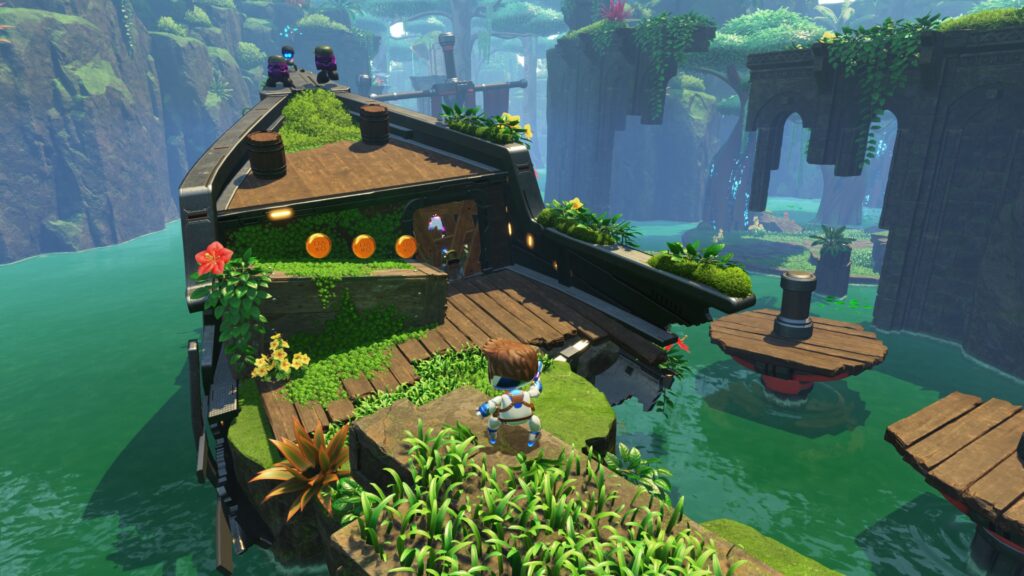
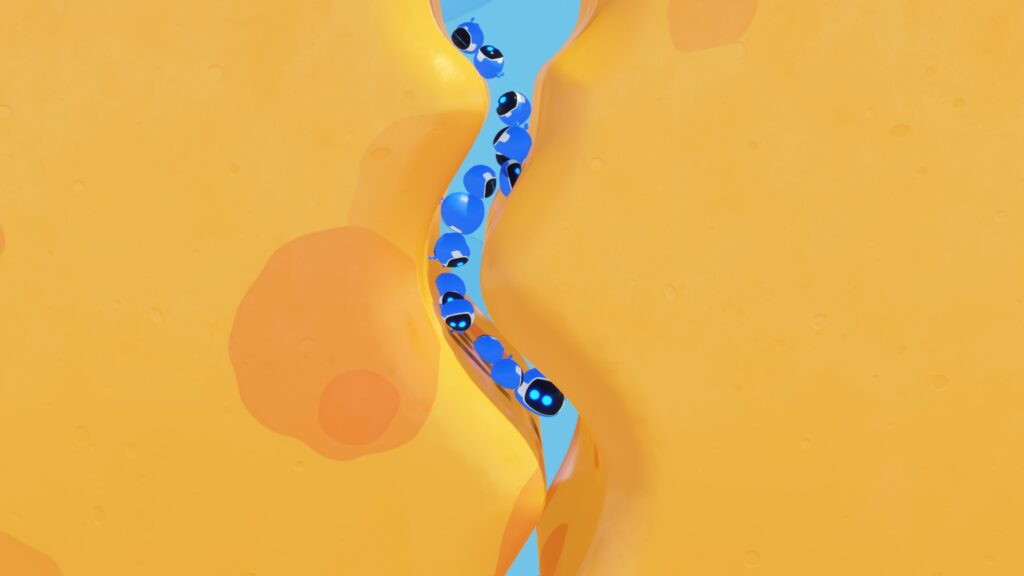
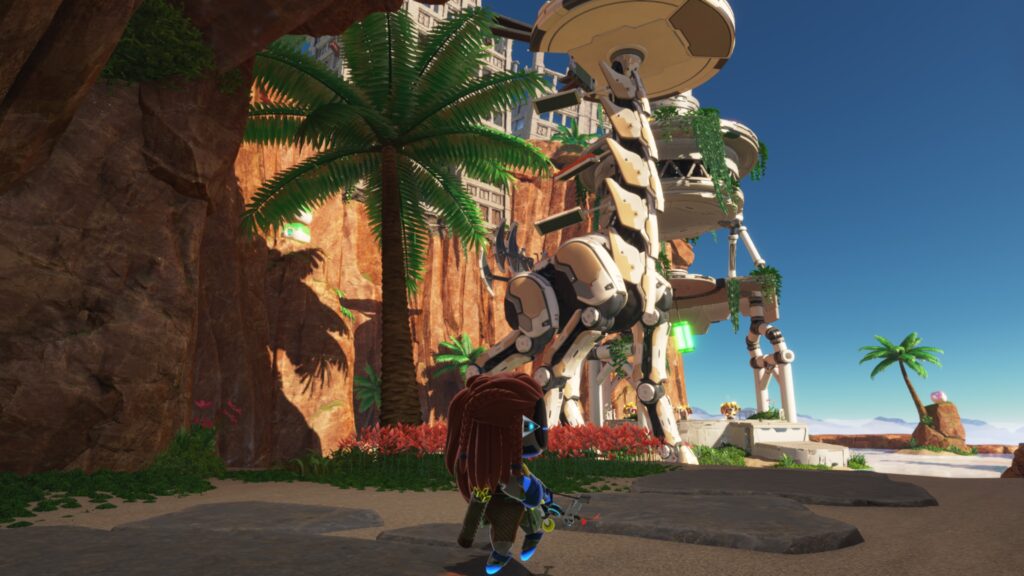
The most obvious example is the pure themed levels. You get one at the end of each world where the entire level and the powers you get during it are themed after the IP. Sure, the mechanics are simplified, but they’re effective. For example, God of War is reduced to the axe throw and return mechanic; Ape Escape simply has the radar and net; Loco Roco does not have any of the collecting mechanics. However, each level has just enough of the original IP’s mechanics adapted to the Astro Bot gameplay to be effective in really hitting that nostalgia while still feeling familiar within the scope of the core game.
Uncharted, God of War, and Horizon were not surprises. Those are arguably the biggest modern PlayStation franchises. Loco Roco and Ape Escape were absolutely surprises. Sure, those are past storied franchises – Ape Escape was certainly a PS1/PS2 era core platformer for Sony, and Loco Roco was a core franchise for the PSP, but both series haven’t had a new core entry in 15+ years. However, that gets at the real win here for Astro Bot. There’s something for everyone. Older PS1/PS2 fans are going to get a huge kick out of playing these levels because they are past memories. Newer PS4/PS5 fans are going to get a kick out of playing something new to them, and maybe introduce them to some series they should check out on PS Classics or through remasters. It works for both sets of fans because the levels are fun on their own due to the changes in game mechanics, but can still kick at the little nostalgia or curiosity boost for people playing.
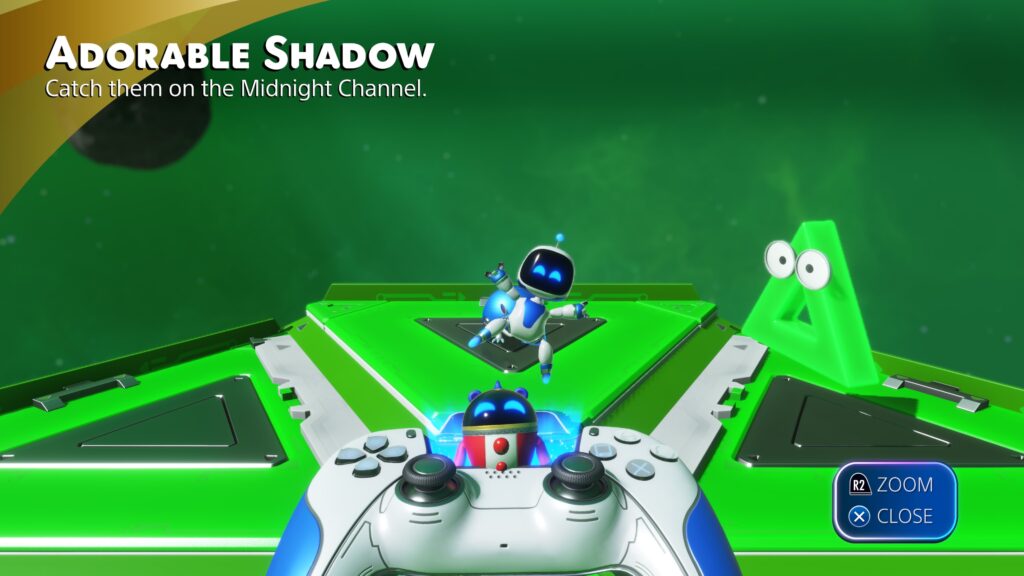

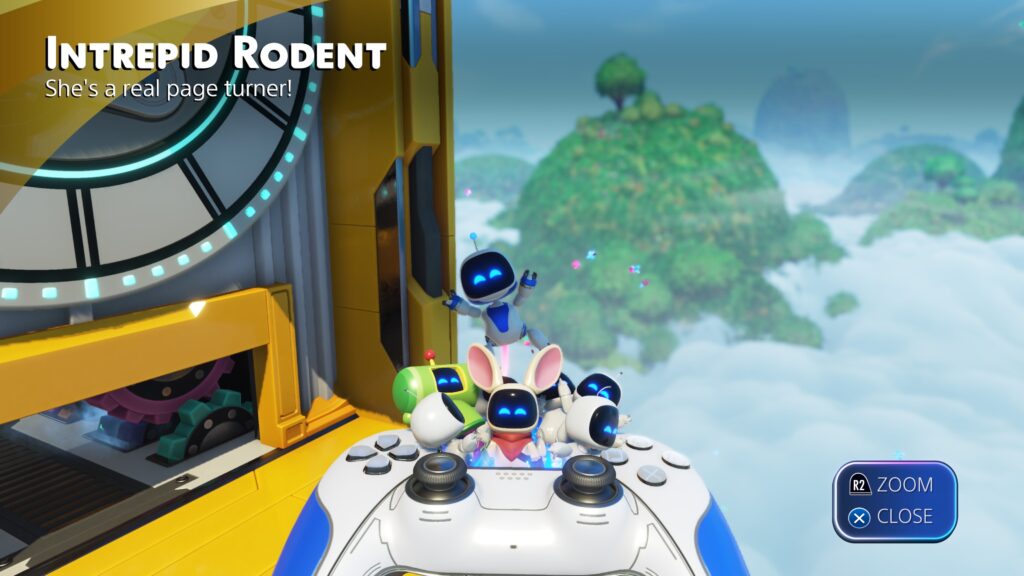
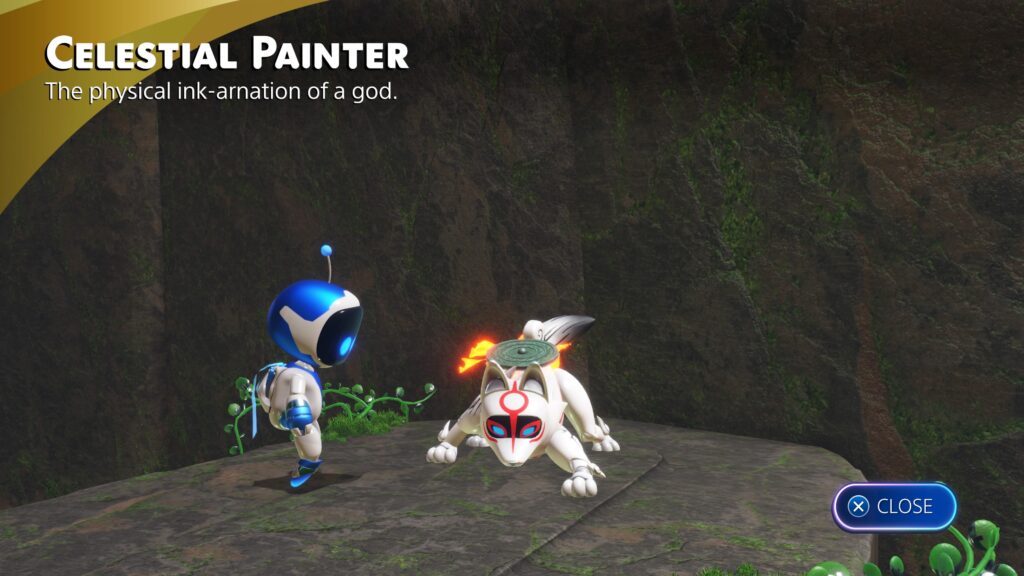
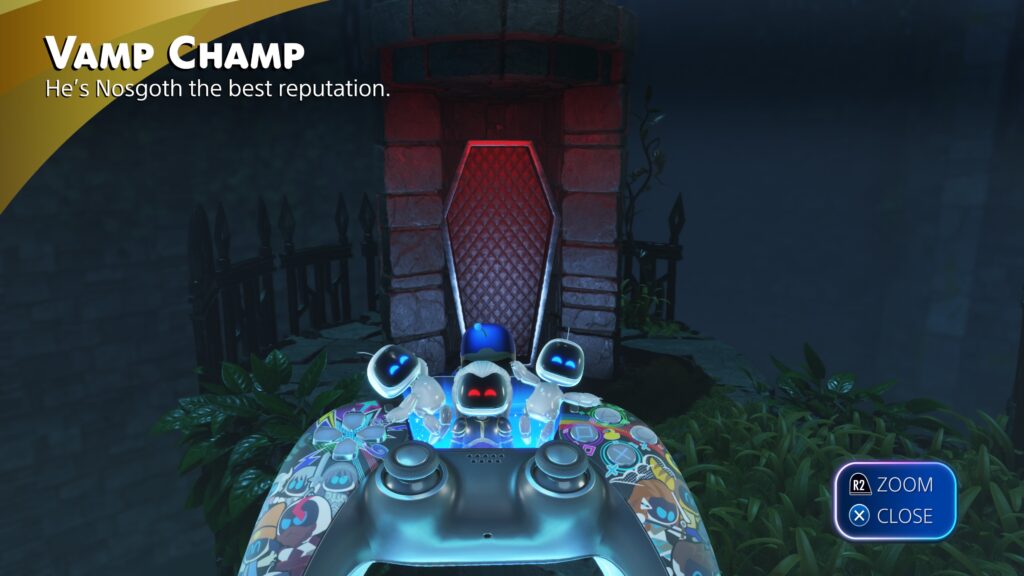
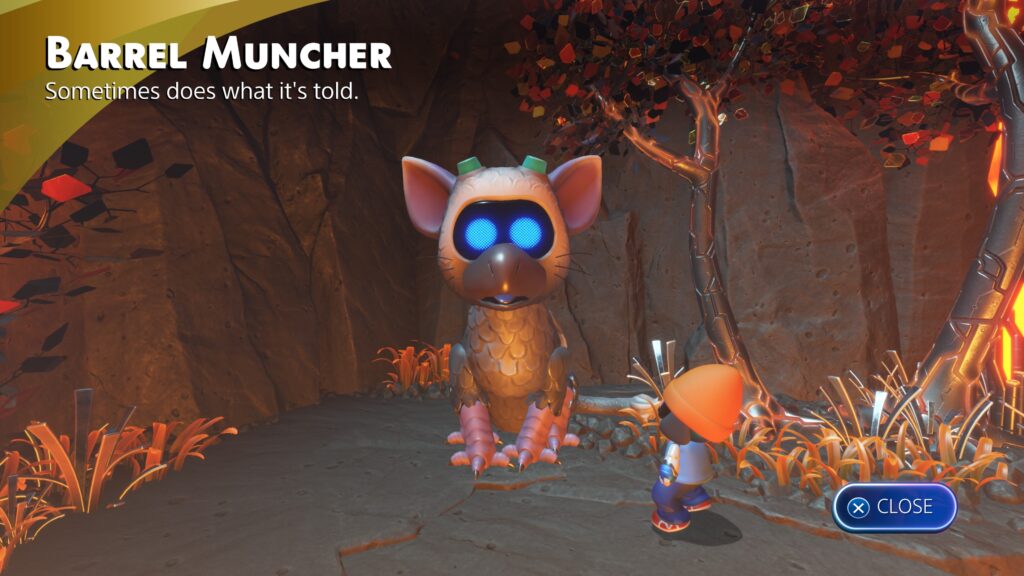
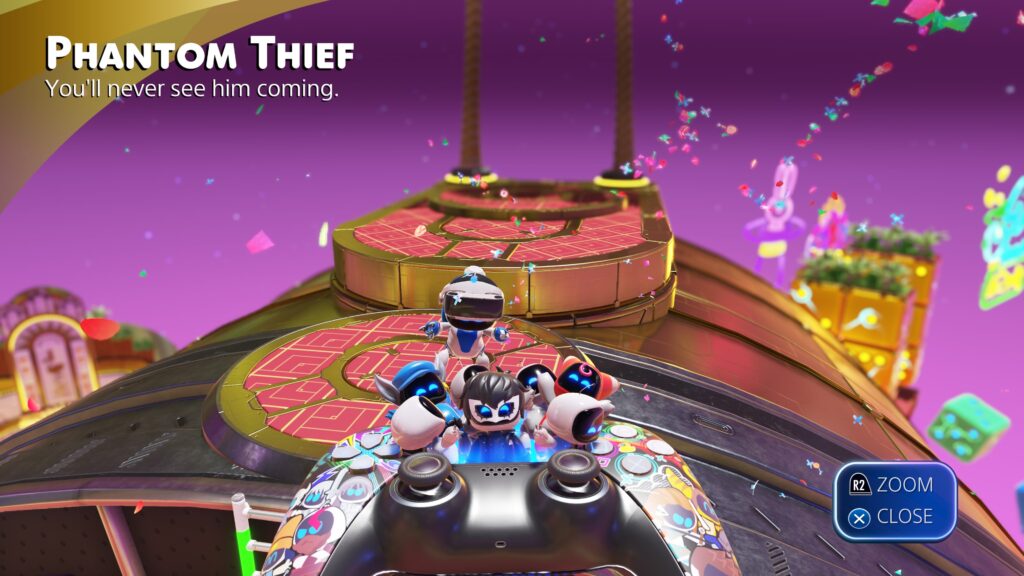
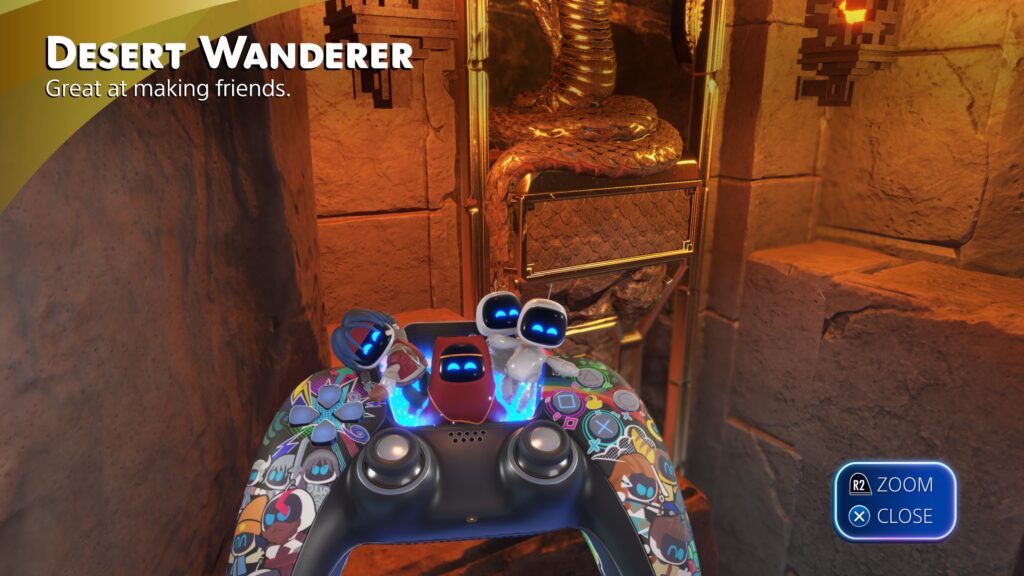
Those little nostalgia spikes then extend to the act of simply collecting the Astro Bots. Each one is from some PlayStation game of the past so each one is another little tie to history. In most platformers it’s simply a core mechanic of the game, since you have to rescue them to progress to the end of each world. However, dressing it up like this is another way to open up memories for older players or new games to explore for newer players. It’s the perfect way to elevate a simple mechanic – the act of simply hitting a thing in a platformer – to a new fun height.
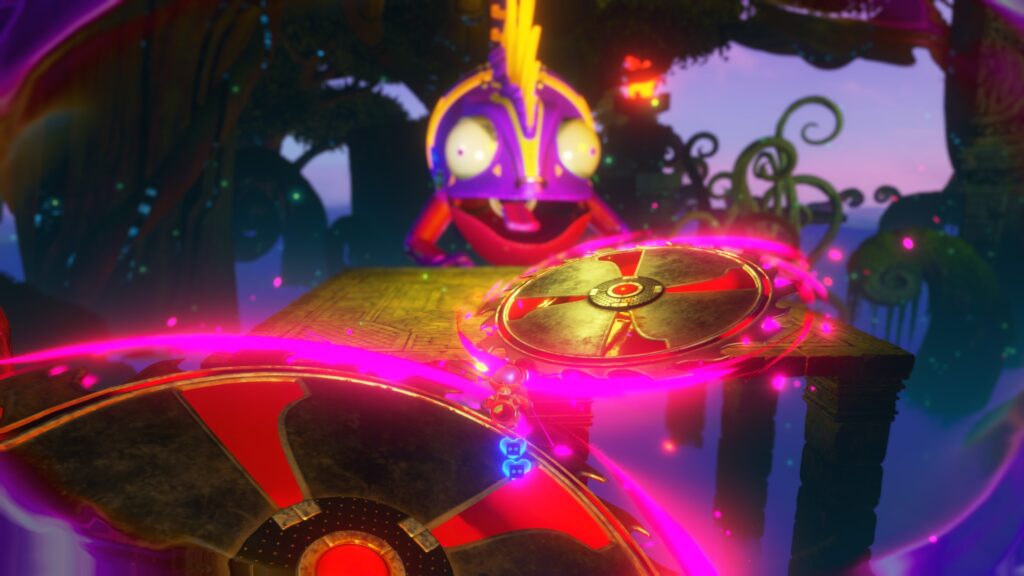
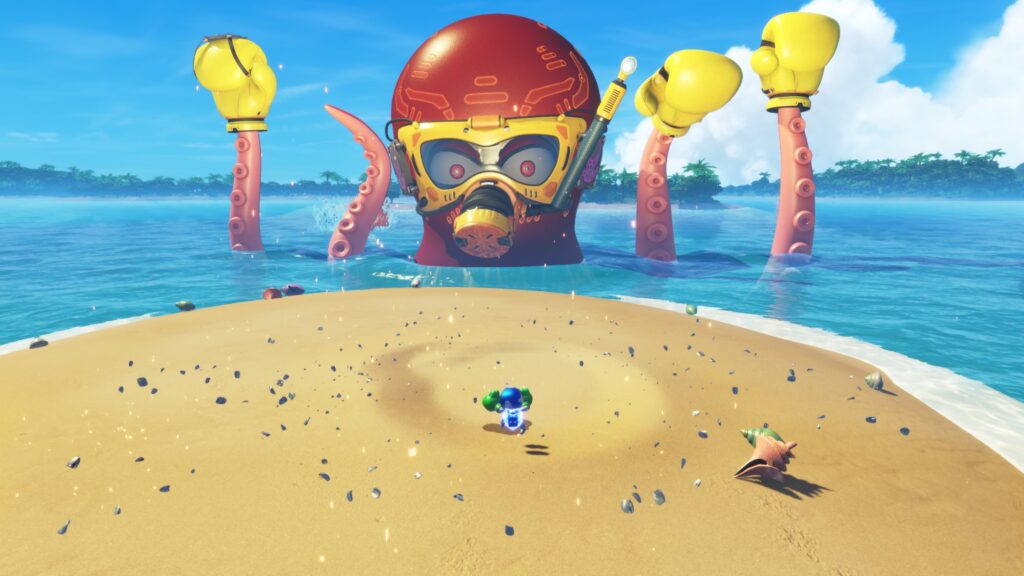

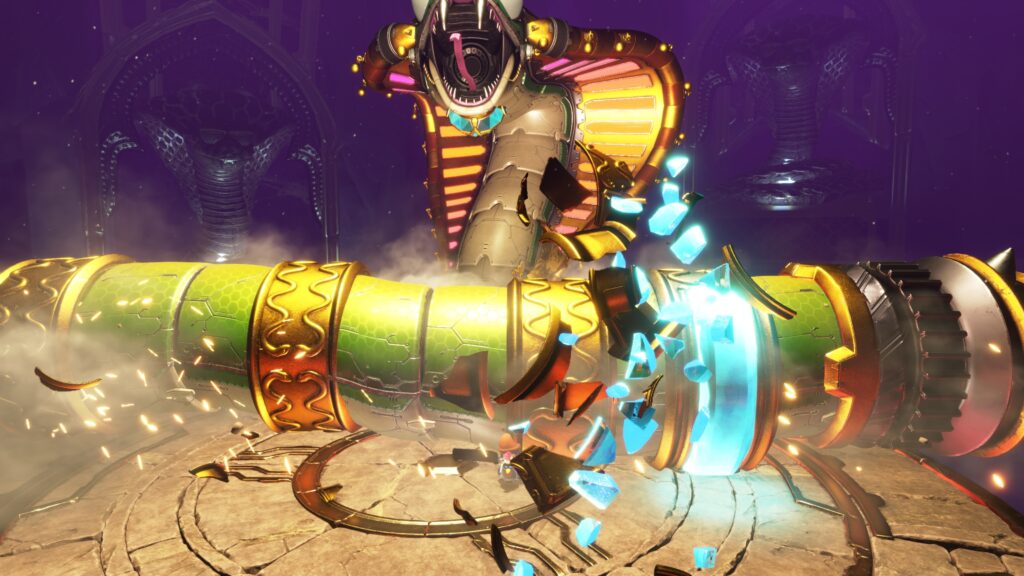
The boss fights are also worth talking about as an extension of the idea of the whole being better than the parts. Each world generally has a handful of boss or sub-boss type fights, and it’s here where I would argue the best combat mechanics take place. The boss fights are generally restricted to a small arena space with some power up, so rather than leaning on your core powers you’re leaning on the powerup as the core mechanic. For example, the snake fight above uses the chicken rocket to continuously jump over the snakes tail as it sweeps the arena, while the dinosaur fight above uses the Horizon IP to give you a bow to shoot at moving targets in the fight. They all do a great job of having a high action, fast response environment that still feels fair because of the fact that the actions are obvious. The powerups you bring into the fight will clearly be the main thing used in the fight. The tells by the enemies are well telegraphed, so I never felt like being hit was anything but my own fault. The set theming is all appropriately connected between the boss and its arena. They really are just all well done.
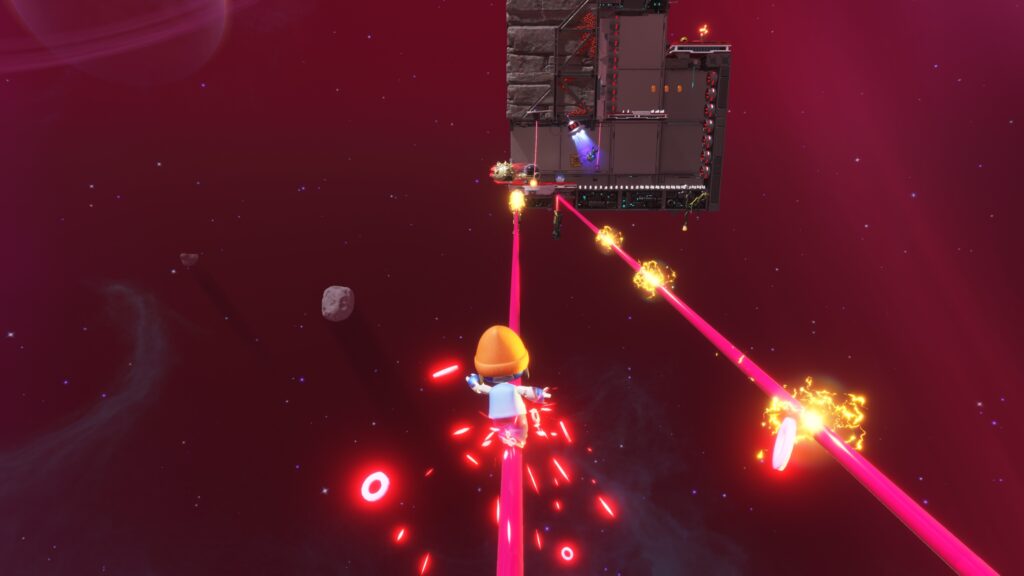
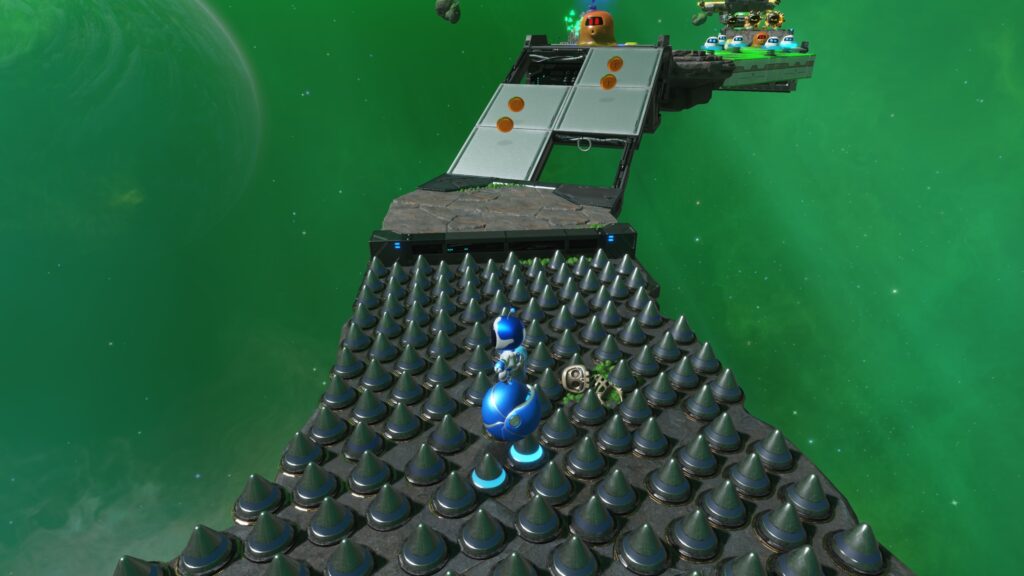
I also think it’s worth noting the challenge levels that are scattered around, because these are the real hard platforming available. However, they aren’t hard because they are being dicks. They’re hard for two reasons – there are no checkpoints and they demand precision. If you screw up, you are going back to the start of the level, regardless of the fact that you may have the end in reach. However, that’s balanced by the fact that complete runs of these levels are all under about a minute long. While these are absolutely testing your ability to execute the mechanics of the games precisely, they very much act like a speedrunning experience – very much a normal person digestable version of a Mario Kaizo game. Because of this, they act as nice breathers between longer levels. You can do a longer exploration, finish it up, then jump out to do a challenge level for a bit. Once you’ve hit a stress limit with these, jump right back into exploration. It’s the perfect way to break up the pace of the game.
If Smash Bros is a celebration of Nintendo’s history, this is the PlayStation representation of that ethos. Similar to later Smash Bros, it’s not just a celebration of Sony’s games, but a celebration of everything that has made PlayStation the brand that it is. It takes that celebration and adapts it to a platformer that is always good and often great. However, it’s absolutely true that the nostalgia is part of the experience and elevates the game beyond being a simply good platformer. The experiences they’ve crafted around specific elements of PlayStation history are incredibly detailed and well put together in a way that would never have happened without the tie in to nostalgia. Do I think that it reaches the heights of something like Mario Odyssey? Not quite, but it’s far closer than it looks on paper. What the team has created here is nothing short of spectacular and will likely be considered my surprise of the year when all is said and done.


